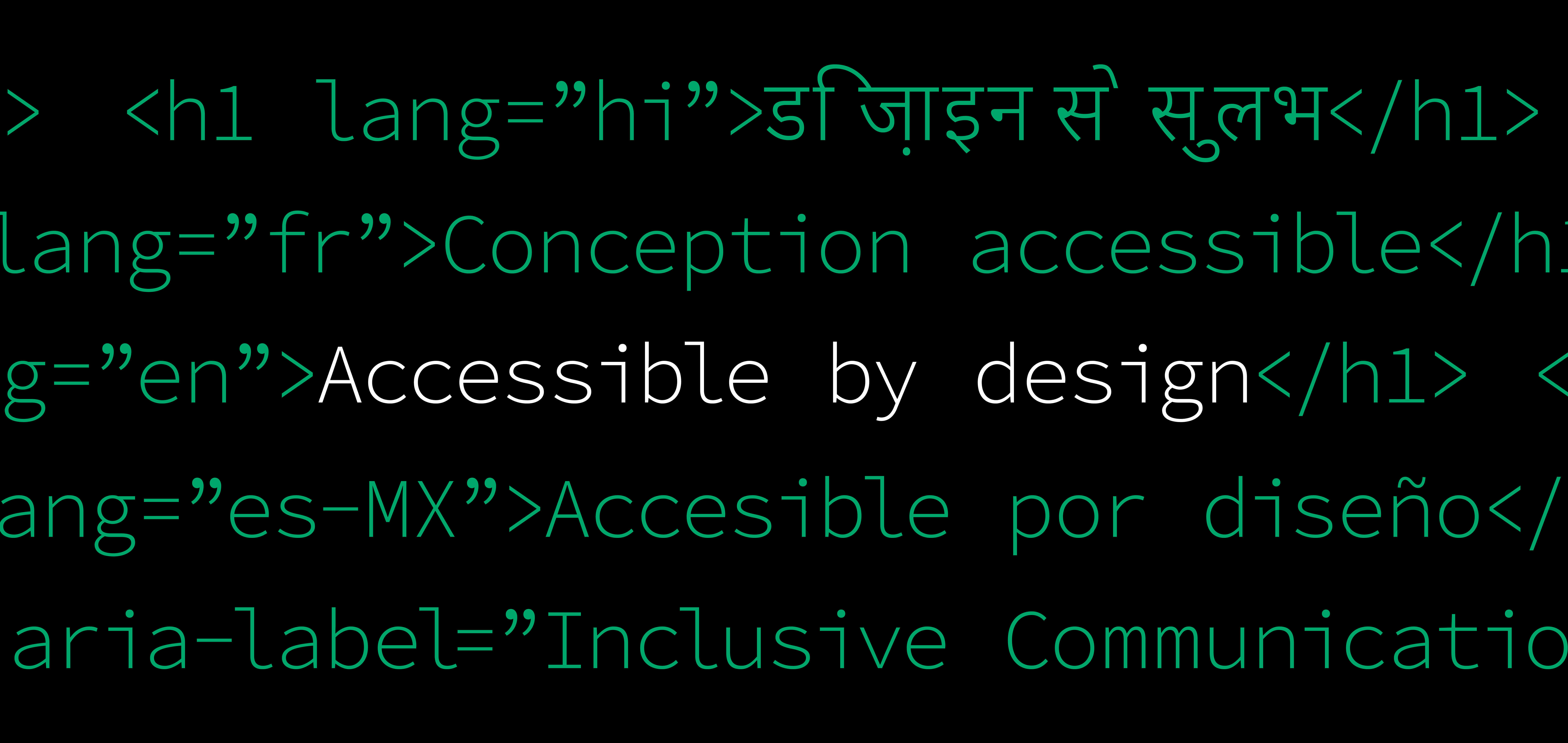
AUTHOR: TOM ALEXANDER
READ TIME: 4 MINS
Having come into force in late June, the EAA is about to shake up the digital landscape as we know it. Digital Design Director Tom Alexander outlines what the legislation means for businesses today – and where to begin with the thorny question of compliance.
With more than 100 million people living with a disability in the EU today, the focus of the European Accessibility Act (EAA) couldn’t be clearer: to remove barriers to digital accessibility and create a more inclusive digital world. Put simply, it’s designed to harmonise accessibility requirements across the EU, improve the availability of accessible products and services, and create equity for the elderly and people with disabilities.
And as legislation that covers everything from websites and apps to smartphones and PDFs, it will have far-reaching consequences for those working in digital design, communications and reporting.
So which businesses will be impacted? The EAA applies to every business that targets EU consumers, even non-EU companies (like those in the UK or US). What’s less clear is whether B2B organisations are exempt, but the consensus seems to be to proceed with caution. If your website includes ESG content, investor content or careers pages – anything that might be accessed for someone’s personal interest – you might find yourself falling under the EAA requirements.
There are some exemptions, though:
- Microenterprises: Businesses with fewer than 10 employees or a turnover of less than €2 million that don’t manufacture products with obligations for product accessibility are exempt.
- Pre-existing digital content: Content available before 28 June 2025 doesn’t need to be fully accessible until 2030. But any new updates or changes made after 28 June 2025 must follow the EAA accessibility rules. Some older content might be exempt if fixing it’s too difficult or expensive, but businesses must be able to prove this if asked.
What do the requirements actually cover?
The EAA directive follows the Web Content Accessibility Guidelines (WCAG) 2.1 Level AA, along with technical standards outlined in EN 301 549. These are generally considered the gold standard when it comes to accessible digital design, and include things like:
- Sufficiently descriptive alt tags for imagery.
- Captions and transcripts for video and audio content.
- Consistent semantic HTML and appropriate ARIA roles.
- Strong colour and text contrast.
- Media player controls that pause, stop or hide auto-play content.
- Clear descriptive labels, form fields, tables and clear error messaging.
- Logical page structures with readable content.
- Properly tagged PDFs and documents.
- Keyboard navigability and compatibility with screen readers.
- An accessibility statement which includes compliance status.
What are the penalties for failing to comply?
The consequences can be serious.
- Legal penalties: Fines and enforcement actions vary by country but can hit the €500,000 mark.
- Blocked market access: Products or services could be removed from the EU market.
- Consumer complaints: Users can take legal action over accessibility barriers.
- Reputational damage: Non-compliance can undermine brand trust and shake investor confidence.
Why is this such an important piece of legislation?
The EAA isn’t a box-ticking exercise or a bureaucratic formality; it’s an opportunity to improve how your business communicates and expand the number of people accessing your content. And there are strategic benefits to bear in mind too.
Harmonising accessibility rules across the EU significantly reduces the complexity and cost of complying with a mixed bag of different national regulations. It also strengthens brand reputation and extends your reach to individuals reliant on accessible digital experiences.
“Accessible websites mean improved SEO and an enhanced user experience – they also demonstrate a company’s commitment to accessibility and inclusivity.”
From a digital perspective, accessibility is the backbone of good digital design. Accessible websites mean improved SEO, reduced legal risks and an enhanced user experience; they also provide a clear way of demonstrating your commitment to accessibility and inclusivity as a business.
So what next?
This article doesn’t constitute legal advice, so consult with your legal team to determine whether your business is required to comply. But for those needing to get their EAA ducks in a row now, we’d recommend the following steps.
- Check your digital real estate: Look at your websites, apps and tools using the WCAG 2.1 AA guidelines. Determine where you’re meeting regulations and where you’re falling short.
- Fix the big stuff first: Start with easy, high impact fixes like contrast, alt text and keyboard access. Focus time and efforts on any key public interest pages like careers and investor pages.
- Make new content accessible: Make sure you build EAA-compliant accessibility into all new content and designs moving forward.
- Keep track of what you can’t fix: Log what you can’t fix yet and explain why (if the burden is considered too high, exemptions are possible).
- Get everyone involved: Bring designers, developers, writers and legal teams up to speed on the importance of digital accessibility.
- Review regularly: Audit often, listen to feedback and stay up to date with existing and new regulatory standards.
Learn how we can help embed accessibility across your digital communications.



